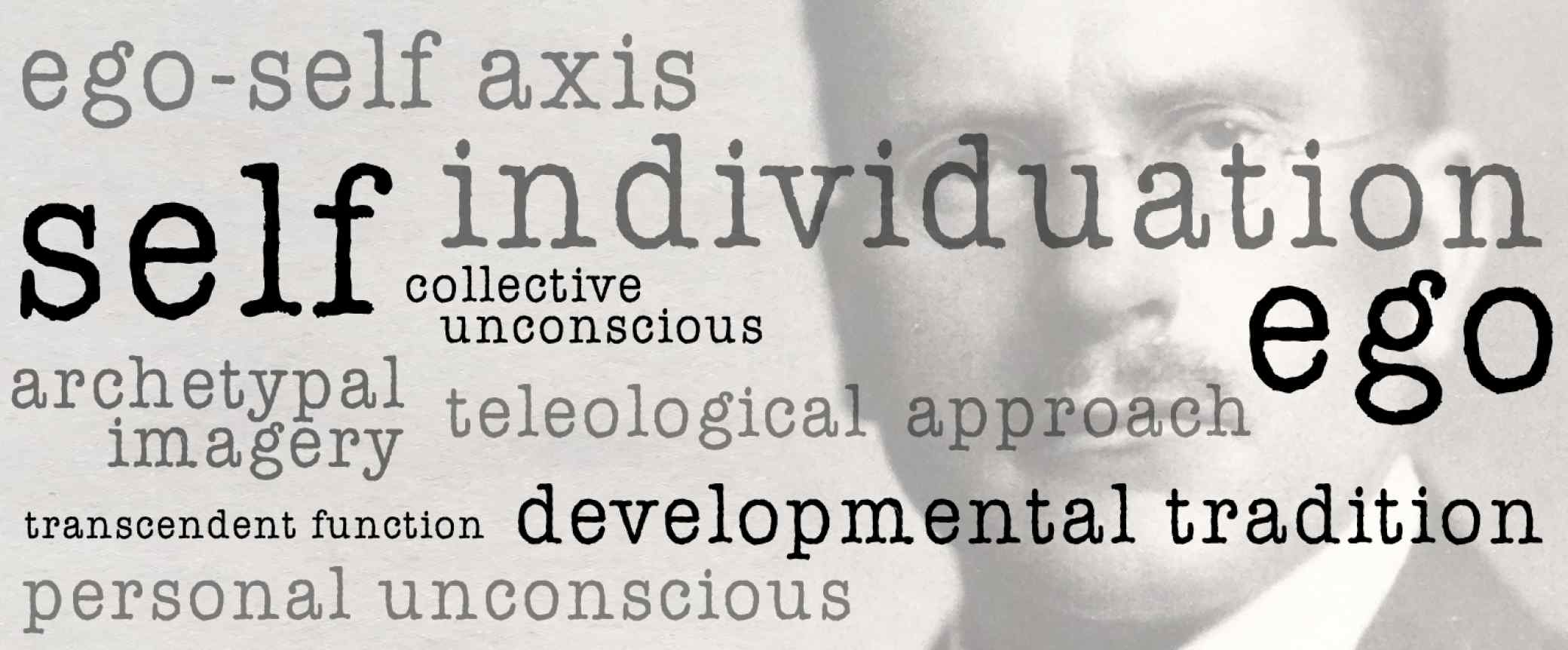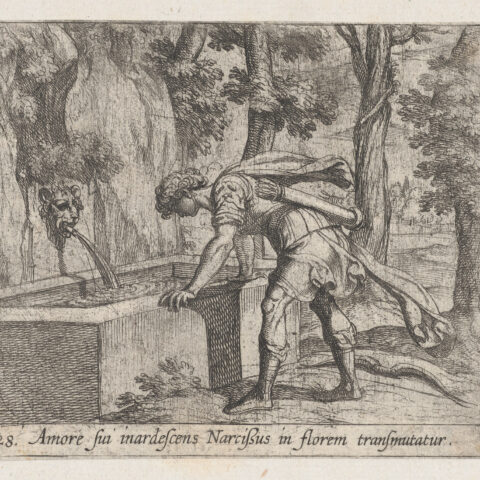Some Jungian Terms Explained

The Self
Just as a circle can be described in terms of its circumference or of its centre, so Jung describes the Self in complementary ways,
- As the totality of our psycho-‐physical being, with all our conscious and unconscious processes and potentials;
- As the deep centre of the psyche that ‘wills’ us to individuate to our maximum potential.
The drive from the Self is towards wholeness and realisation. It is the search to discover meaning and purpose in life; the sense of a coherence between internal and external reality; what it is that makes life worth living. Thus the objective of Self-realisation is more than clinical, but also implies questions of creativity as well as spirituality.
Individuation
The lifelong developmental process through which our conscious and unconscious potentials unfold leading to greater wholeness and differentiation of the personality. The process of individuation Jung once described as becoming more who you are. It involves a separation from the crowd, an integrity, authenticity rather than compliance or conformity, and is very different from individualism. Jung saw it as essentially the task of the second half of life. Michael Fordham took the thinking right back to infancy and early childhood. (See below: The Developmental Tradition)
Ego
Jung describes the Ego as a complex: the continually shifting bundle of memories and potentials that constitute our subjective sense of ‘I-ness’:
The ego stands to the self as the moved to the mover, or as object to subject, because the determining factors which radiate out from the self surround the ego on all sides and are therefore supraordinate to it. The self, like the unconscious, is an a priori existent out of which the ego evolves.
Jung, C.G. CW 11, para 391
Ego‐self Axis
Although the Ego needs to be in day-‐to-‐day control of our lives, it is nightly immersed in the wider potentials of the Self, and has to learn to negotiate a balance between the world of outer reality, with its conflicting demands, and the internal world, which is both conflicted, as well as providing the well springs of creativity which ‘bubble up’ from the Self. If the working relationship between Ego and Self (the Ego-‐Self axis) is impaired, we experience feelings of unreality, depersonalisation, loss of meaning, etc.
The Personal Unconscious
Jung’s name for Freud’s ‘repressed unconscious’ as well as the ‘received/receptive unconscious’ of his earlier work. The personal unconscious is particular to the individual and will contain repressed material as well as undiscovered potential. This is the personal shadow -‐ an inevitable feature of any existence. We cannot rid the psyche of its shadow. Instead, in analytic work, we enable the shadow’s integration into the psyche, thereby creating a shift in the attitude of the conscious ego. When the conscious attitude is too one-‐sided, the opposite attitude is taken up within the personal unconscious as a balance – a process Jung refers to as compensation. Initially this may appear as a symptom.
The Transcendent Function
Opposite attitudes or positions within the psyche may be held in dialectic tension until a third mediatory product emerges often in the form of a symbol in dreams or in conscious awareness. This process is called the transcendent function.
The Collective Unconscious and Archetypal Imagery
Just as the physical structures of our brain bear witness to our evolutionary history, so each of us carries tendencies to experience and perceive the central experiences of life in certain typical ways, sometimes referred to as archetypal images or patterns of behaviour. Jung’s theory of the collective unconscious roots each individual within a deep instinctual commonality and its collective symbols shared by all humanity. Oedipus is a familiar dramatic imaging of something archetypal related to the triangular structure of Mother, Father and Child. Narcissus is an image which encapsulates something of the way problems in our relation to ourselves and to others can bring isolation and death.

Archetypal structures can never be known directly but only through the image, they are not essential ‘truths’ so much as potential that can be unfolded into and through the image. Whilst an image can articulate only certain aspects of the potentiality, the archetypal structures themselves are multifaceted and amoral. In Jung’s thinking, the collective unconscious is the deep psychic ‘layer’ through which we are all connected: the basis for unconscious communication.
The Teleological Approach
In work with symptoms, enactments, dreams, images etc, the Jungian approach is teleological rather than (or as well as) causal. This perspective considers that instinctual energy becomes available for transformation into new forms. Thus we become less interested in how a symptom or a neurosis came about, but more in what its intention might be. What is it for? Why now? What is it telling us about imbalance in the conscious attitude of the ego that is being compensated for in the unconscious? What is it then that we need to attend to?
The Developmental Tradition
Whereas the central focus of the more classical, archetypal schools of Jungian thought is on the exploration of how the Self and the archetypal are experienced symbolically through image and dreams, the developmental school incorporates within it concepts from the psychoanalytic tradition to form a theory of the development of the personality.
Whereas Jung and the classical Jungians tended to focus on the second half of life, Michael Fordham, a Jungian analyst working in London in the second half of the 20th Century, expanded the theory to include consideration of infancy and early stages of life. As a means of exploring infantile material, there is a concentration on the interaction between patient and analyst, the ‘transference’, as the means by which infantile wishes, primitive defences and other psychic mechanisms may be made explicit. The analyst’s ‘counter-‐transference’ is the emotional experience of being with the patient which is used as a means of further understanding the transference.
Because much of the work is at the level of the unconscious connection between analyst and analysand, work in the transference through interpretation is important but not the only, or even the main, factor in transformation. The process of individuation of the analyst is, therefore, crucial:
‘For two personalities to meet is like mixing two different chemicals substances: if there is any combination at all both are transformed…..You can exert no influence if you are not susceptible to influence.’
(Jung, C.G. CW 16 para 163)
Suggested Reading
- J. Astor: Michael Fordham: Innovations in Analytical Psychotherapy
- E. Christopher and H. Solomon (eds): Jungian Thought in the Modern World
- E. Christopher and H. Solomon (eds): Contemporary Jungian Practice
- H. Solomon: The Self in Transformation
- C.G. Jung: Man and His Symbols
- C.G. Jung: Two Essays on Analytical Psychology
- J. Knox: Archetype, Attachment, Analysis: Jungian Psychology and the Emergent Mind A. Samuels: Jung and the Post-‐Jungians
- P. Young-‐Eisendrath and T. Dawson (eds): The Cambridge Companion to Jung